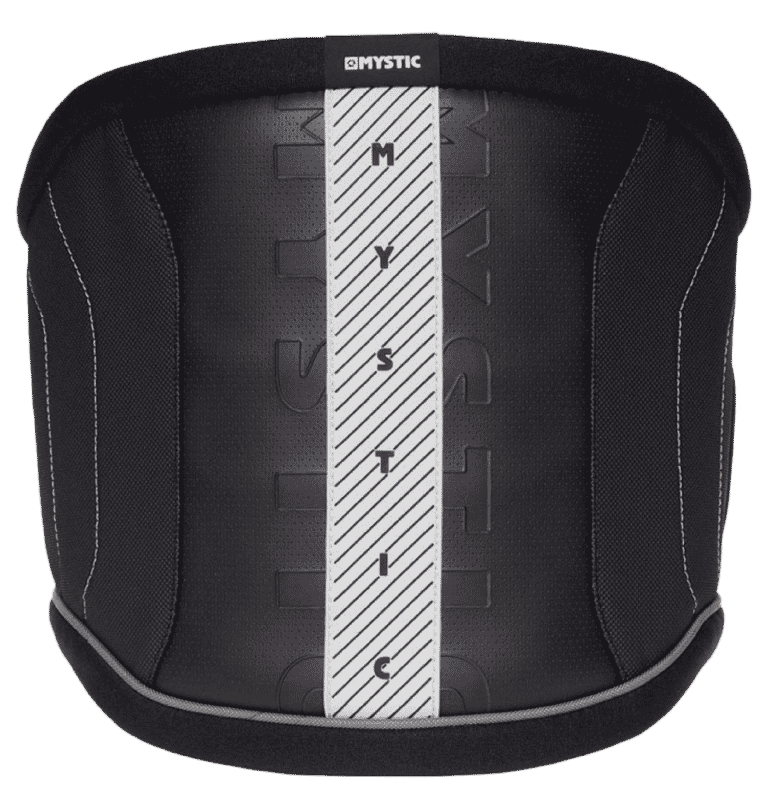
Mystic Star
Black
Ordered before 16:00,delivered Monday by Swiss Post
Our Morges store opens today at 1:30 p.m.
Free delivery from CHF 80 onwards
You want to buy a kite harness ?
Backside-Shop carries a wide range of hard and soft shells for men, women and children.

Mystic Star
Black

Ride Engine Saber Women V2
Palm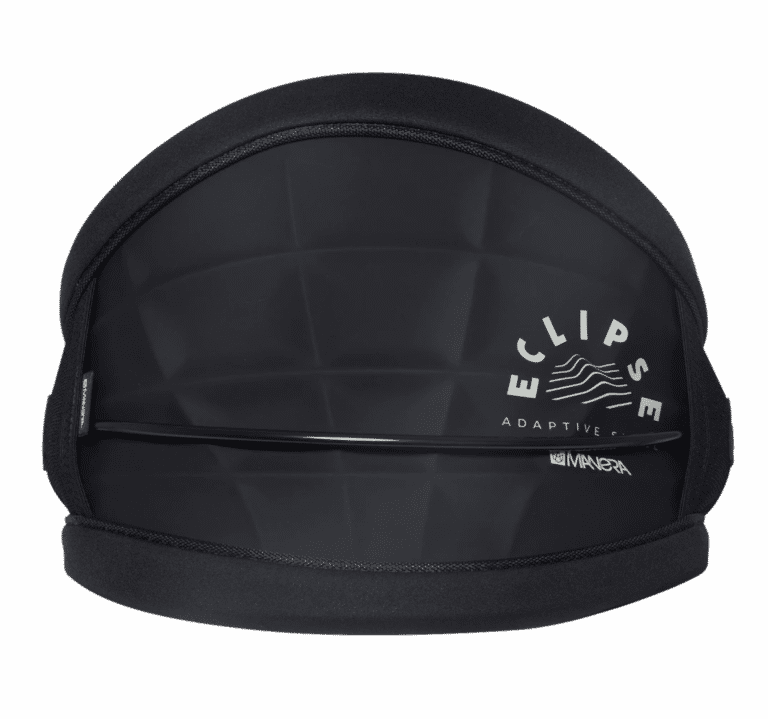
Manera Eclipse
Black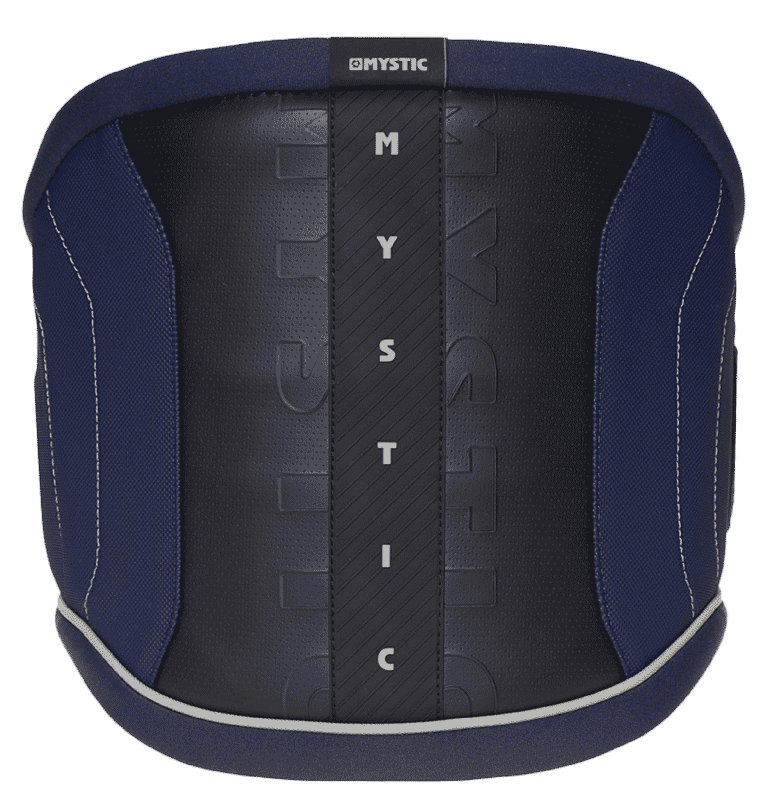
Mystic Star
Night blue

Prolimit Vex Harness
Black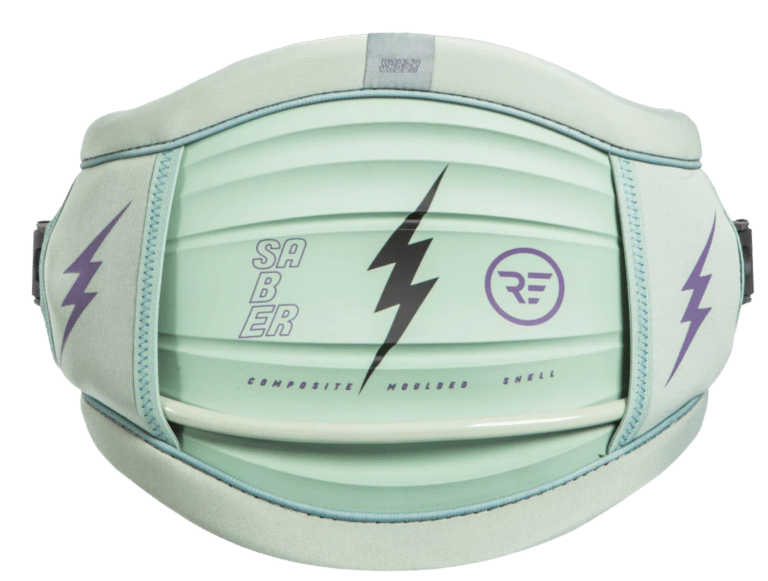
Ride Engine Saber V3
Grey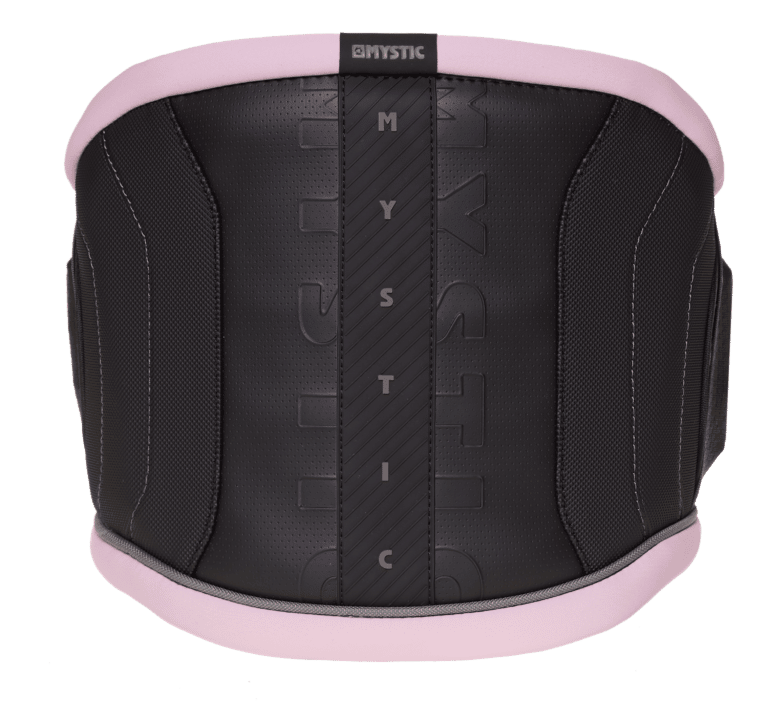
Mystic Star
Soft coral
Mystic Star
Black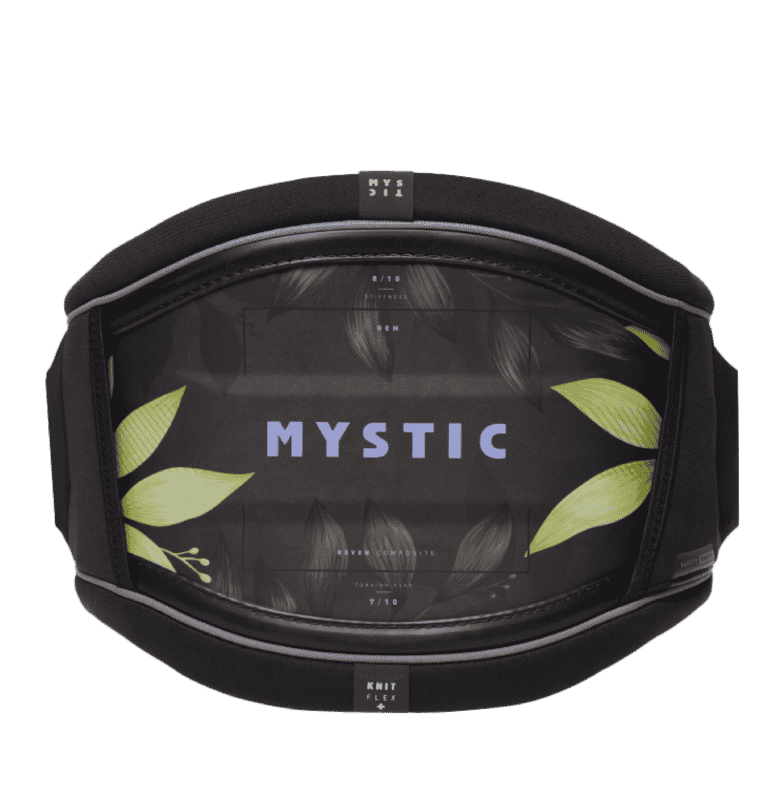
Mystic Gem
Black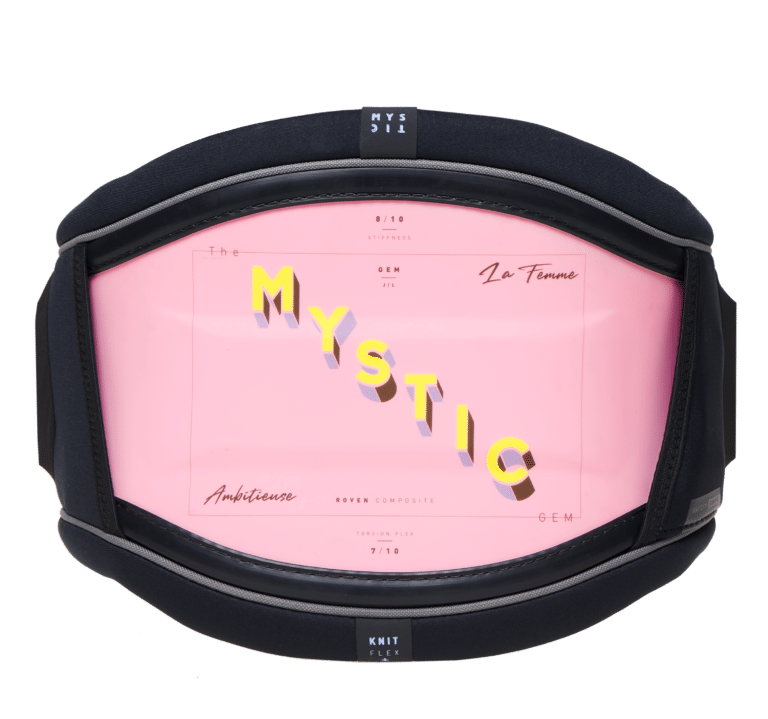
Mystic Gem JL

Mystic Gem BK

Mystic Gem Waist Harness
Lilac
Mystic Stealth H2out
Black, White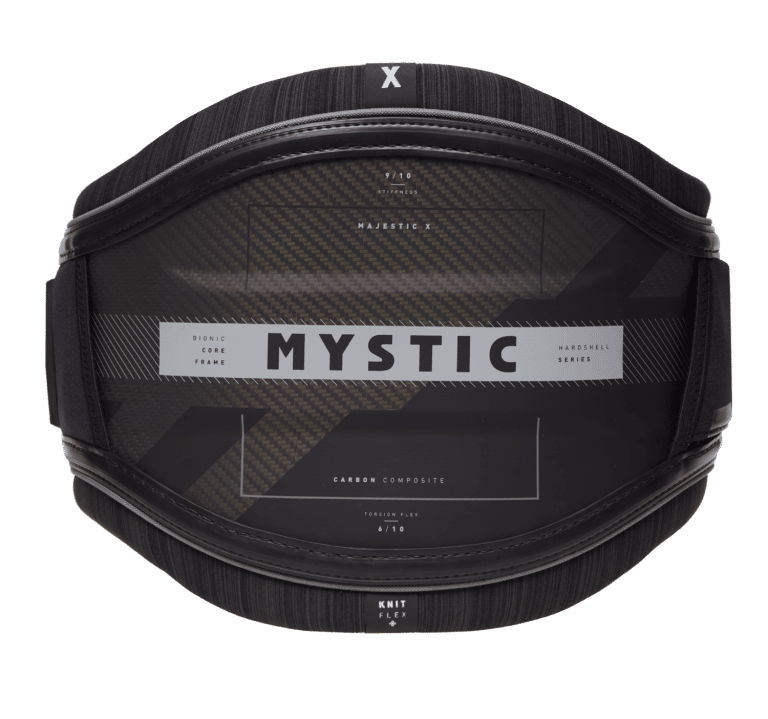
Mystic Majestic X
Black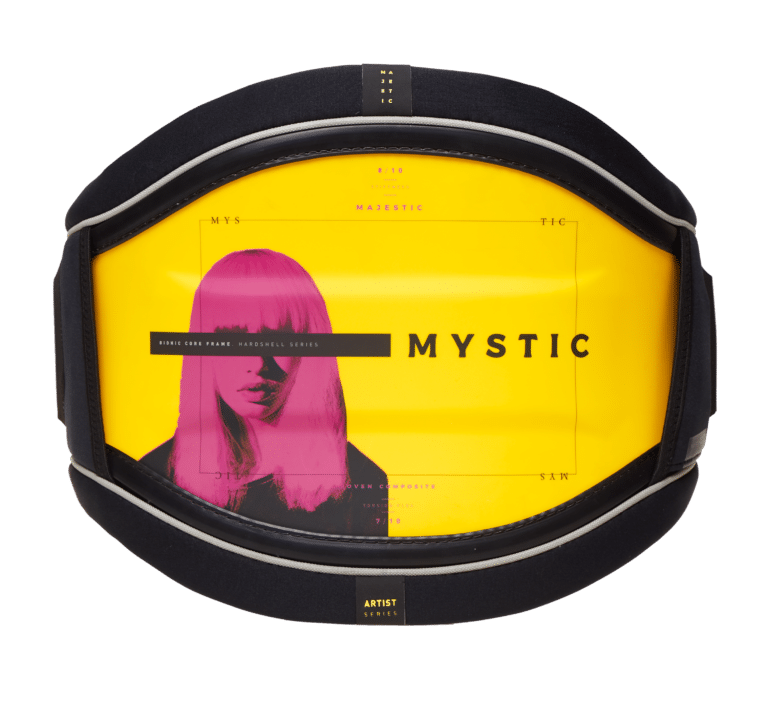
Mystic Majestic
Yellow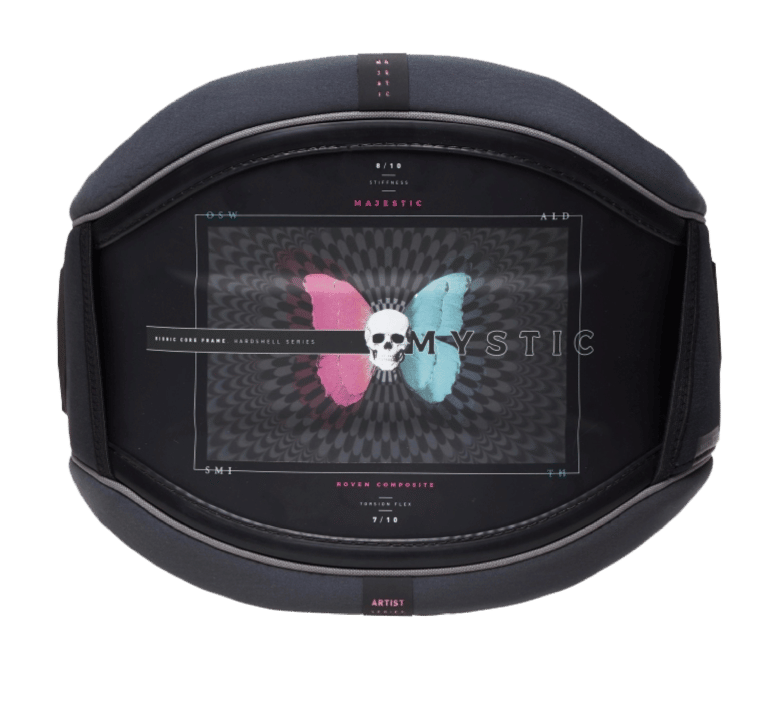
Mystic Majestic OS

Mystic Diva
Black
Mystic Diva
Black, Purple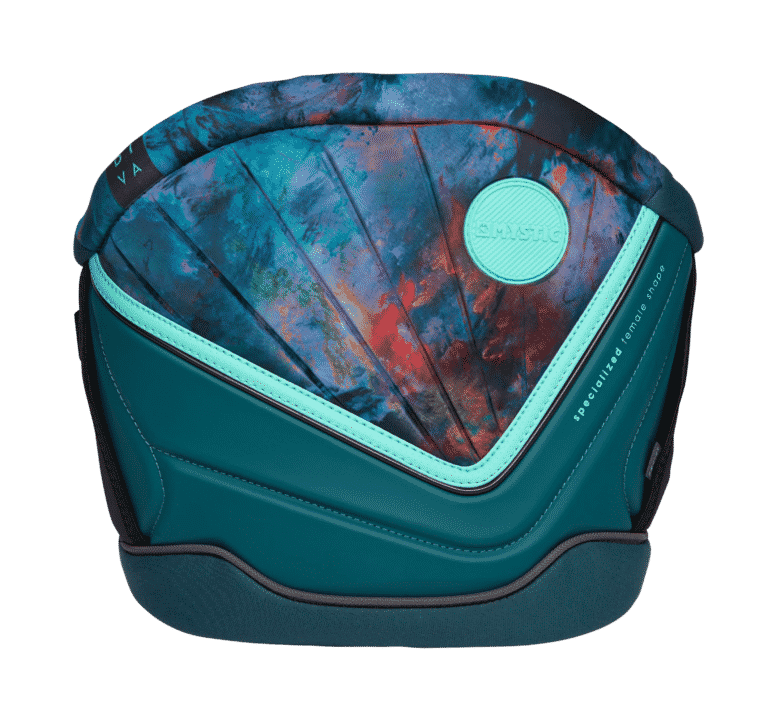
Mystic Diva
Teal
Mystic Dazzled
BlackThe kite harness is your direct connection to the kite and the right fit is crucial for a comfortable riding experience. That's why the right choice of harness is essential.
Here we introduce you to the different harness types and factors you should consider when buying your kite harness.
The harness is the connection between your body and the kite. A well-fitting harness ensures that the kite's pull is transferred gently to your body. Depending on the model, the kite harness is placed around your waist like a belt or you put it on like a pair of trousers.
Even though kite harnesses look similar at first glance, a distinction is made between seat harness, hip harness, softshell and hardshell.
Seat harnesses are often used by beginners, as leg loops or straps ensure that seat harnesses cannot slip upwards. Seat harnesses are at pelvic level and are worn like trousers, which is why the pulling force is transferred evenly to the back and lower back.
Compared to hip harnesses, seat harnesses restrict the freedom of movement somewhat, which is why advanced kiters usually prefer to wear hip harnesses.
As the name suggests, hip harnesses are worn on the hips. As hip harnesses offer a high degree of freedom of movement, they are mostly used by advanced kitesurfers.
Hip harnesses distribute the pull evenly over the entire middle of the back, allowing the hips, legs and upper body to move freely in all directions. A potential disadvantage is that ill-fitting hip harnesses can slide upwards as they do not have leg loops.
Hardshell harnesses are reinforced with carbon or similar material in the back area, so that the pulling force is distributed over a hard surface. This relieves the back and results in fewer pressure points.
Other advantages are better kite handling even in strong winds and the tendency to have a higher degree of stiffness and support when distributing the pull.
Softshell harnesses are pliable and flexible, giving a comfortable feel. Because softshell models adjust to the waist, softshell harnesses tend to slip less than hardshell models.
Softshell harnesses are usually reasonably priced and rarely leave pressure marks, making them a good option for casual kiters and beginners.
- Most kite harnesses have a "rope" along the back plate to which you can attach the safety leash. This system is mainly used by experienced freestylers who perform unhooked jumps. For most kitesurfers, however, this option is not recommended because it is difficult to release the safety leash in an emergency. Therefore, we recommend attaching the safety leash to the front of the harness; most of the models in our range offer a corresponding attachment option.
- A general recommendation is not possible because the choice of the right harness depends on the individual body shape. In general, it can be said that hardshell harnesses dissipate traction better due to their stiff shape, while softshell harnesses adapt better to the waist due to their flexibility.
- Due to the leg loops, seat harnesses do not slip upwards, which is why beginners often prefer the seat harness. Hip harnesses, on the other hand, guarantee a high degree of freedom of movement, making them an interesting choice for advanced or ambitious kitesurfers.
Translated with www.DeepL.com/Translator (free version)